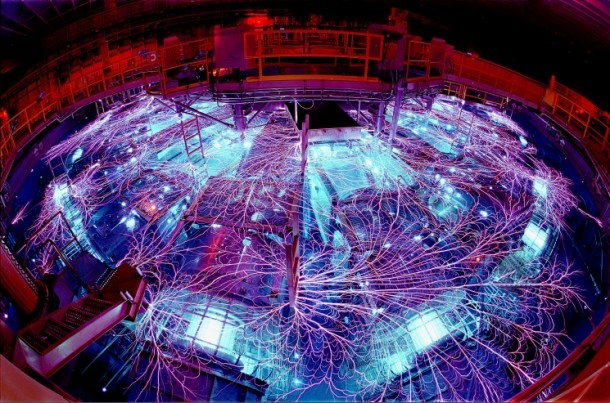
The Z machine, the largest X-ray generator in the world, is located in Albuquerque, New Mexico. It concentrates electrical energy, turning it into short pulses of enormous power, which can then be used to generate X-rays and gamma rays. (Photo: Image: Randy Montoya/Sandia National Laboratories)
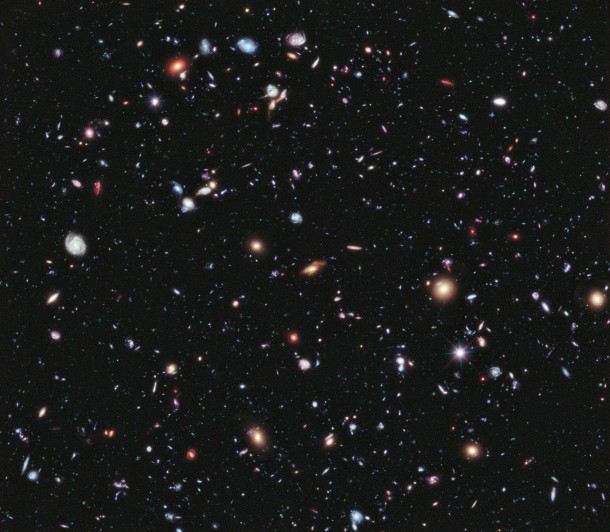
The farthest-ever view of the universe. Hubble’s Extreme Deep Field (XDF) is a composite made from 2,000 images taken by the Hubble Space Telescope over a 10-year period. (Credit: NASA)

This orange elephant ear sponge, or Agelas clathrodes, was found in NOAA’s Flower Garden Banks National Marine Sanctuary in the Gulf of Mexico. (Photo: NOAA)
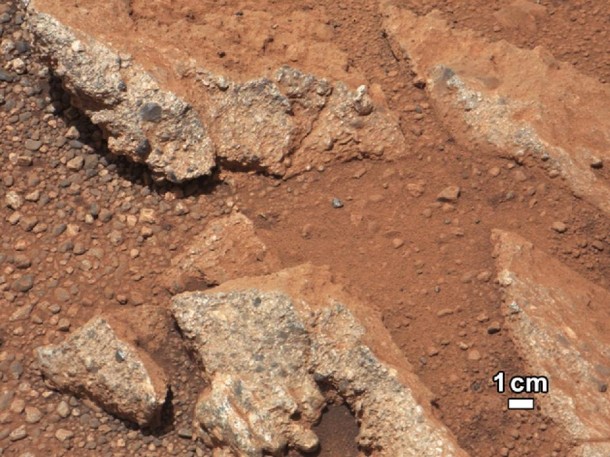
The Curiosity rover may found evidence of an ancient stream bed. This picture of a Martian rock outcrop called Link has characteristics consistent with a rock formed by water deposits and transport. (Photo: NASA)
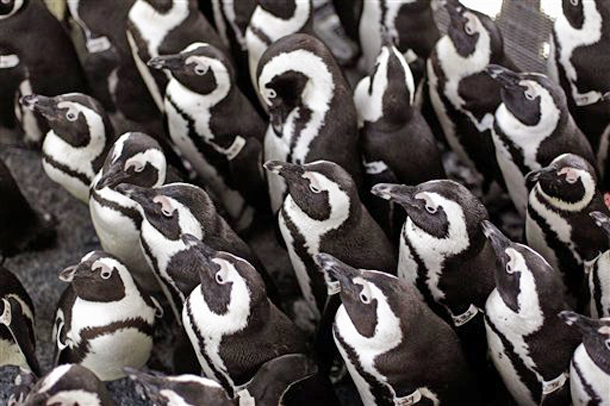
African penguins gather to keep warm as some are fed sardines at the South African Foundation for the Conservation of Coastal Birds. The penguins were recently found covered in oil on Robben Island, Cape Town, South Africa. (Photo: AP)

Space shuttle Endeavour, atop the Shuttle Carrier Aircraft, comes in for a landing at the Los Angeles International Airport. It was the final scheduled ferry flight of the US Space Shuttle Program. Endeavour will be placed on public display at the California Science Center in Los Angeles. (Photo: NASA)
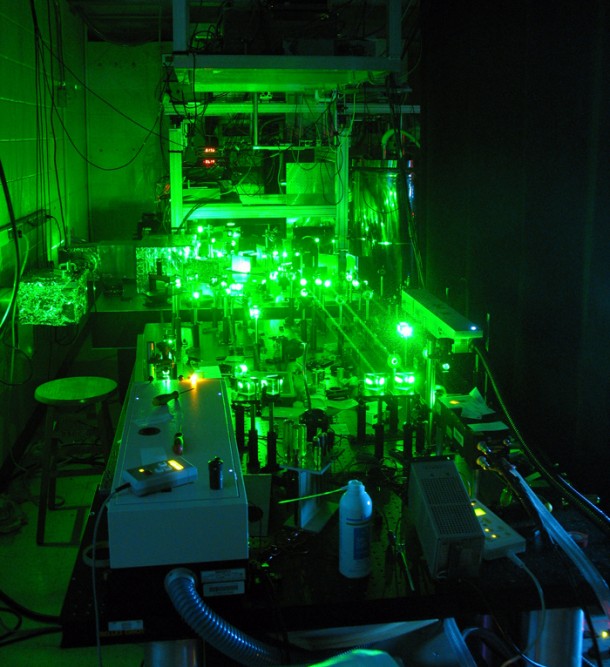
A high-powered laser – based at the University of California, Santa Barbara – is used to study the world at the atomic level. (Photo: UCSB/Susumu Takahashi)
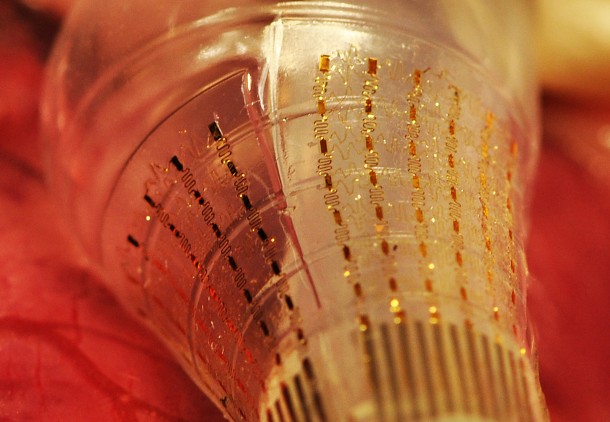
A cardiac balloon catheter embeded with a mesh of sensors and electronics is being developed by researchers at the University of Illinois. When placed inside a cardiac patient’s heart, a device such as this may allow for a better and more efficient diagnosis and treatment of arrhythmias. (Photo: J. Rogers, University of Illinois)

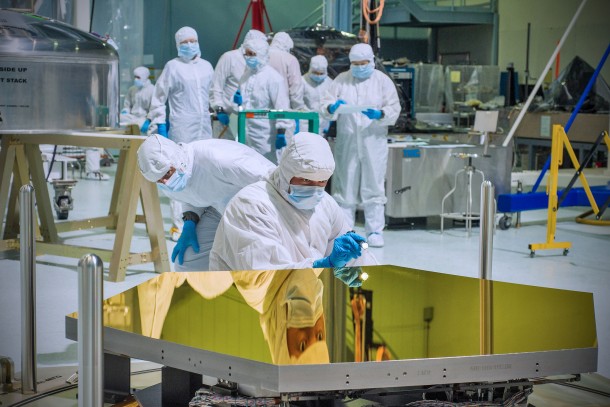




















Wow..ZMachine is impressive. Wikipedia has details on the “Zmachine” It has very extensive capabilities such as reaching 3.6 billion °F , and the future plans of fusion and energy output of 1 petawatt (roughly the output 2,700 Nuclear power plants)